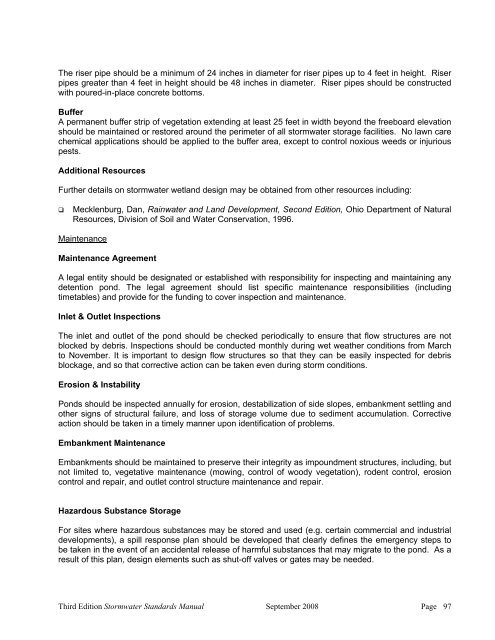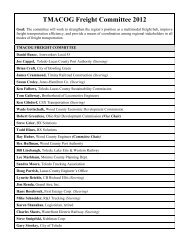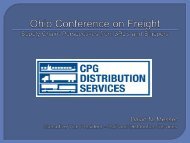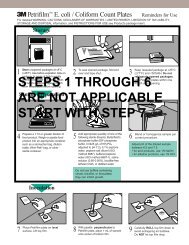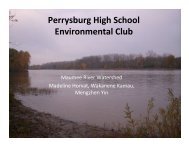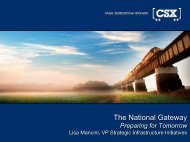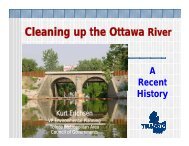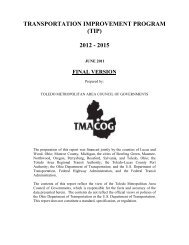Stormwater Management Standards Manual - Toledo Metropolitan ...
Stormwater Management Standards Manual - Toledo Metropolitan ...
Stormwater Management Standards Manual - Toledo Metropolitan ...
Create successful ePaper yourself
Turn your PDF publications into a flip-book with our unique Google optimized e-Paper software.
The riser pipe should be a minimum of 24 inches in diameter for riser pipes up to 4 feet in height. Riser<br />
pipes greater than 4 feet in height should be 48 inches in diameter. Riser pipes should be constructed<br />
with poured-in-place concrete bottoms.<br />
Buffer<br />
A permanent buffer strip of vegetation extending at least 25 feet in width beyond the freeboard elevation<br />
should be maintained or restored around the perimeter of all stormwater storage facilities. No lawn care<br />
chemical applications should be applied to the buffer area, except to control noxious weeds or injurious<br />
pests.<br />
Additional Resources<br />
Further details on stormwater wetland design may be obtained from other resources including:<br />
<br />
Mecklenburg, Dan, Rainwater and Land Development, Second Edition, Ohio Department of Natural<br />
Resources, Division of Soil and Water Conservation, 1996.<br />
Maintenance<br />
Maintenance Agreement<br />
A legal entity should be designated or established with responsibility for inspecting and maintaining any<br />
detention pond. The legal agreement should list specific maintenance responsibilities (including<br />
timetables) and provide for the funding to cover inspection and maintenance.<br />
Inlet & Outlet Inspections<br />
The inlet and outlet of the pond should be checked periodically to ensure that flow structures are not<br />
blocked by debris. Inspections should be conducted monthly during wet weather conditions from March<br />
to November. It is important to design flow structures so that they can be easily inspected for debris<br />
blockage, and so that corrective action can be taken even during storm conditions.<br />
Erosion & Instability<br />
Ponds should be inspected annually for erosion, destabilization of side slopes, embankment settling and<br />
other signs of structural failure, and loss of storage volume due to sediment accumulation. Corrective<br />
action should be taken in a timely manner upon identification of problems.<br />
Embankment Maintenance<br />
Embankments should be maintained to preserve their integrity as impoundment structures, including, but<br />
not limited to, vegetative maintenance (mowing, control of woody vegetation), rodent control, erosion<br />
control and repair, and outlet control structure maintenance and repair.<br />
Hazardous Substance Storage<br />
For sites where hazardous substances may be stored and used (e.g. certain commercial and industrial<br />
developments), a spill response plan should be developed that clearly defines the emergency steps to<br />
be taken in the event of an accidental release of harmful substances that may migrate to the pond. As a<br />
result of this plan, design elements such as shut-off valves or gates may be needed.<br />
Third Edition <strong>Stormwater</strong> <strong>Standards</strong> <strong>Manual</strong> September 2008 Page 97


